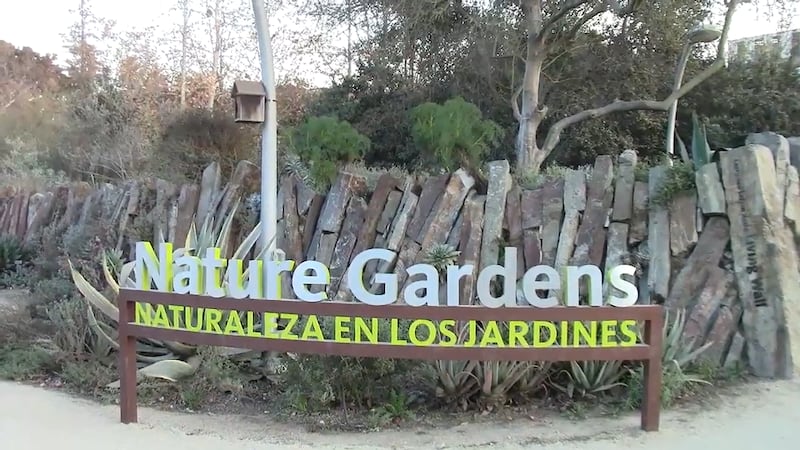There are two staples across the street from USC: the California Science Center and the Natural History Museum of Los Angeles County (NHMLAC). An affordable and accessible place, the NHMLAC provides plenty of opportunities to experience and learn more about wildlife in an interactive way. From the Nature Gardens which house 600 plant species to the Mammal Hall which is filled with dioramas to recreate different habitats in North America and Africa, the museum offers a variety of experiences to spark curiosity in those who visit.

In addition to museum experiences, the NHMLAC also has a Community Science Program to foster partnership and collaboration with the local Los Angeles community. The program offers many opportunities to help residents discover wildlife in the city. One of the leaders involved in the program is L.A. native and USC alumnus, Miguel Ordeñana.

“I grew up coming here to this museum as a little boy, and it was a really important resource to me and our family as a cheap place to kind of get some education and relaxation,” said Ordeñana, who has been with the museum for 13 years and currently serves as the senior manager of community science.
His work ranges from teaching South L.A. classrooms about bats to discovering and bringing attention to P-22, the late and iconic mountain lion of Griffith Park.
According to Ordeñana, the Community Science Program began as a way for scientists to engage the public in collecting data to answer questions about urban biodiversity. He considers it an honor to collaborate with the NHMLAC team and the program, aiming to educate and involve the community in ongoing research. Ordeñana also acknowledges there is room for growth.
“The Community Science [Program] can go much, much farther. The more that you’re in touch with what the community wants, what their interests are, what their barriers are, and how that overlaps with urban biodiversity questions that we happen to have expertise in or even mineral science questions,” Ordeñana said.
Ordeñana recognizes that many communities in Los Angeles face barriers to participating in environmental research. Looking ahead, he envisions a future where these groups are not only included but made to feel genuinely valued in research and academic spaces. It’s about not just giving people a seat at the table, “but actually [telling people] why they belong there and why,” he added.
Drawing on his Nicaraguan heritage, Ordeñana understands the challenges that communities of color face when entering spaces where they are underrepresented. However, he sees the resilience built through tackling these barriers and struggles as a strength.“Witnessing people hitting wall after wall, and just getting past that, it’s very motivating and inspiring, and gives you a little bit of an extra skill set and a little bit more resilience than the average person,” he shared. “I want to change that narrative in a way where I [and others] see that as a superpower. I want to own that, and I’m proud of that,” said Ordeñana.
For more stories like these, consider subscribing to the Sustainability Sin Fronteras newsletter and keep a lookout for any opportunities to make a difference in your community in connection to the environment.
